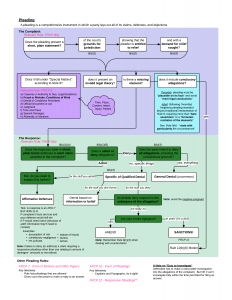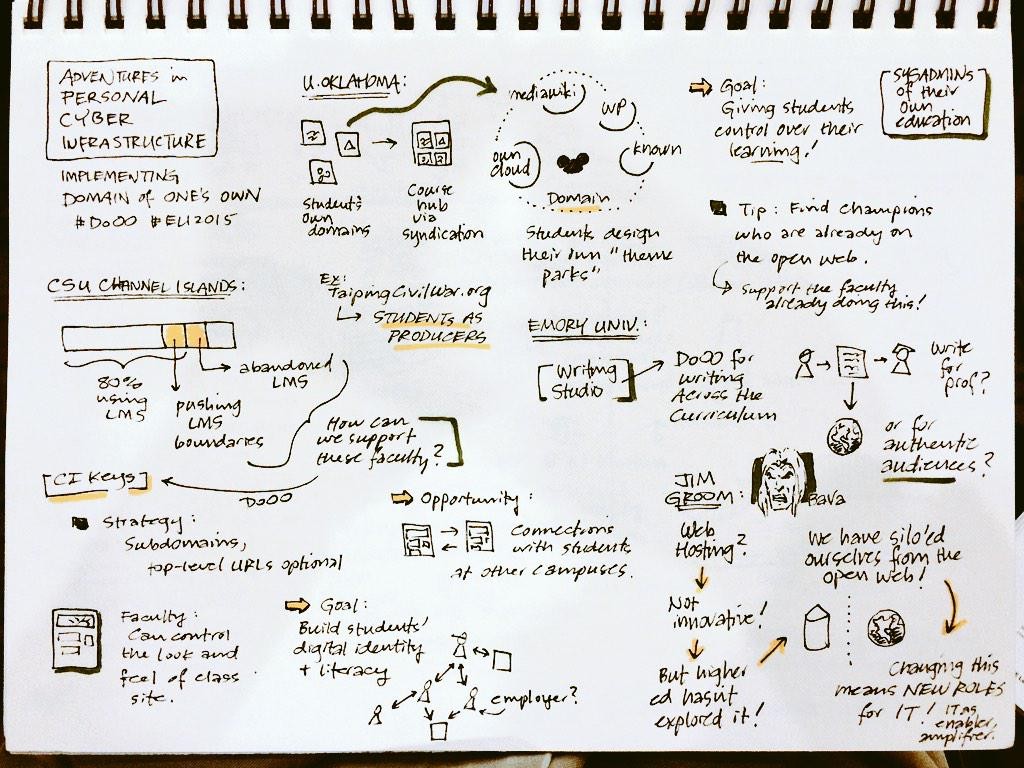I was thinking some more about the visual notes you’re all producing this weekend. I linked you to the example of Giulia Forsyth, which I think is an especially provocative and interesting one for you. I thought you might also be interested in a different sort of visual notes, too.
My partner is in law school now. She went to a pretty conservative undergrad institution and took very traditional textual notes in all her classes, though she was also always a doodler and is a visual thinker. After graduation, she worked in higher education administration and got into database development, mostly using Filemaker Pro, which uses a visual organization system to organize the relationships between elements of databases and she found it a really powerful method of learning and synthesizing other information. And I kept pointing her to crazy visual notes stuff that I’m interested in too.

“Pleading, Complaint, Response General Diagram” flowchart
Now that she’s in law school, she’s found creating diagrams and other visual notes to be incredibly useful as a method of studying for her law school exams. As a class finishes a unit, she’ll synthesize the material from that unit using Lucidchart. It takes her more time than just recopying her notes, as many of her classmates do, but she’s found that she understands the material more deeply and remembers the important concepts more clearly. At the end of the semester, when she’s reviewing for an exam, she finds it to be much more efficient to study the diagrams she’s made than to go through many pages of written notes.
She offered that I could post a couple of her diagrams here, mostly by way of showing an alternate version of creating visual notes, especially visual notes that don’t require drawing skill.
(Other mind mapping tools.)





